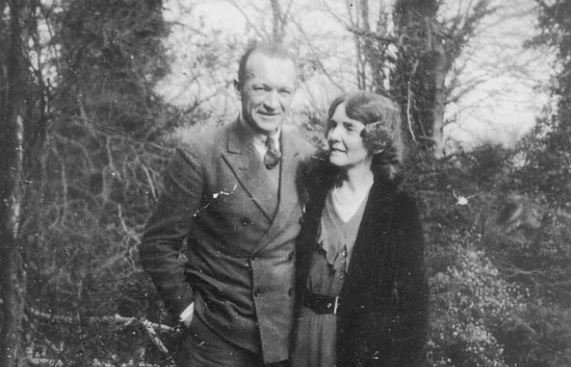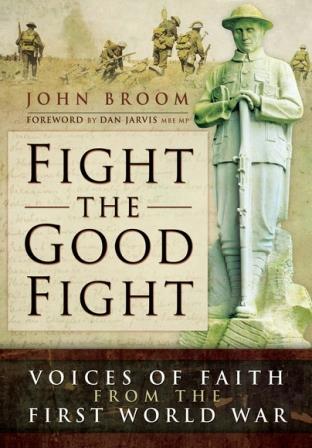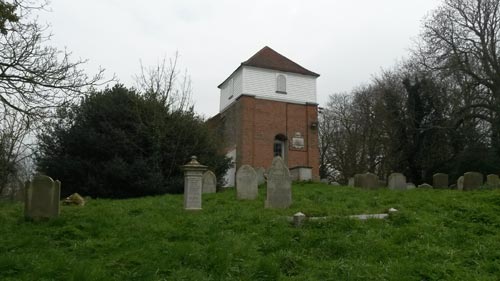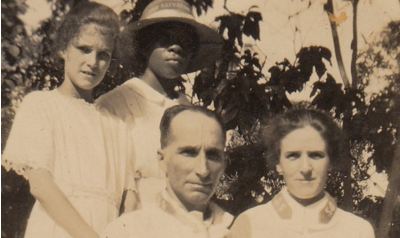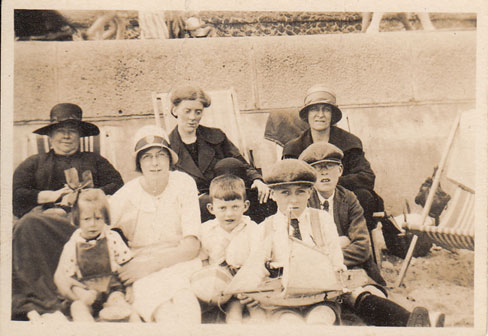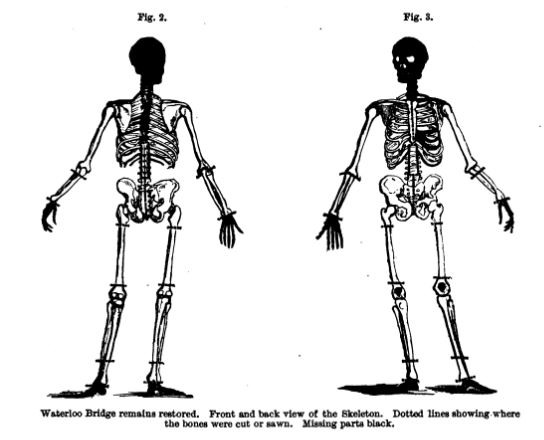
Have you heard “The Reclusive Skeleton of Fingringhoe” episode of Punt PI? In this Radio 4 series, comedian Steve Punt puzzles his way around cases of high strangeness, such as the Mull Air Mystery and The Crying Boy Paintings. It’s like Fortean Times on the radio. You’ll hear my dulcet tones chiming in, to talk about some of the research I did into the mystery of the skeleton. When a skeleton turns up, as they sometimes do – the image at the top of the page is from the 1857 Waterloo Bridge Mystery[1]It wasn’t strictly a skeleton as there was some flesh accompanying the bones – although not very much. – they exert fascination. How can we identify a person just from bones? Without the flesh, can we find out how they died?
The skeleton in the Fingringhoe case was found in 1949, in the apparently abandoned cottage of an actress called Ada Constance Kent, who hadn’t been seen since March 1939. She was reclusive and rather eccentric, so was the skeleton hers? But what about the children who had got inside her house and played there? I’ll leave you to listen to the programme, and if you’re interested in reading about what happened in the 1940s, then see the chapter in Patrick Denney’s Foul Deeds & Suspicious Deaths in Colchester (Patrick pops up on the radio programme too!).
I looked into Ada’s family background, tracing her in the censuses. I went off-piste a little and traced her mother, aunt and grandmother. These bits weren’t used on the programme, but it helped me to see Ada in context, as an ordinary girl from a riverside village in north-east Essex, who apparently came to an extraordinary end.
Footnotes
| ↑1 | It wasn’t strictly a skeleton as there was some flesh accompanying the bones – although not very much. |
|---|

